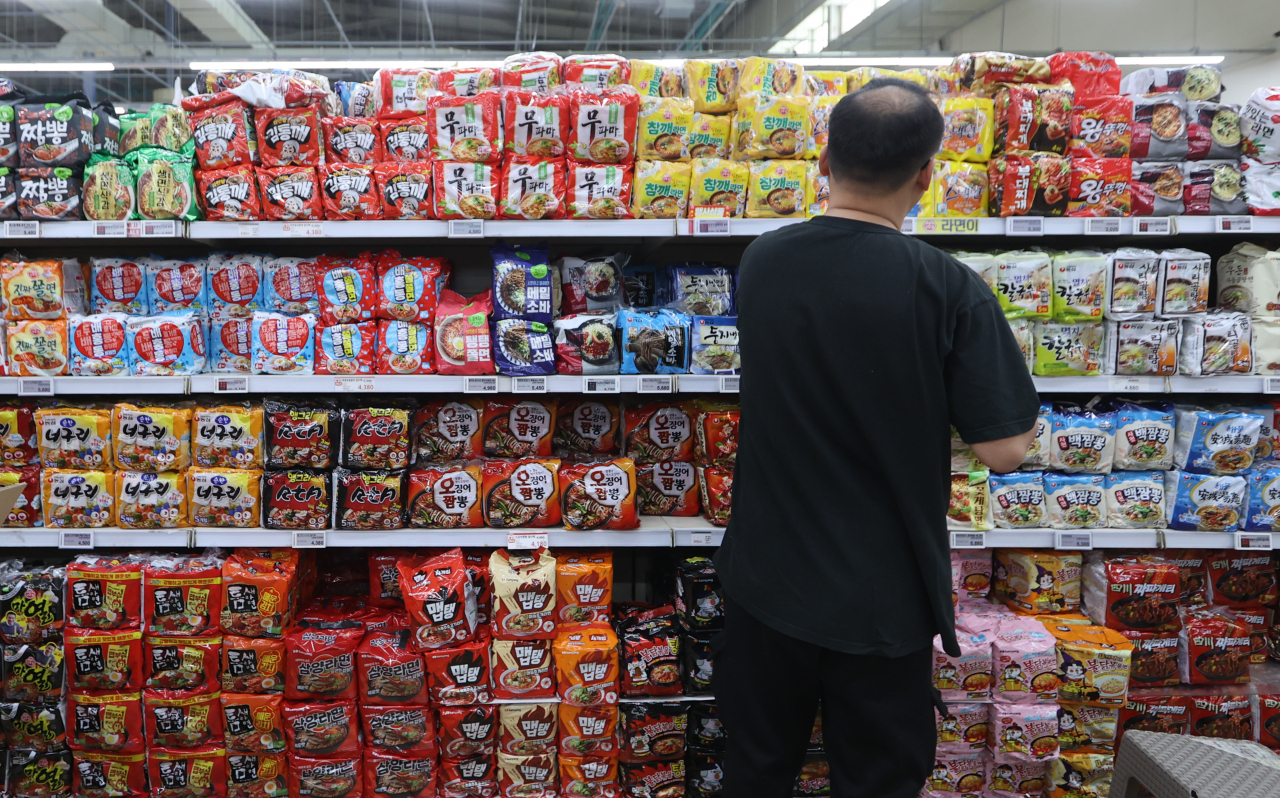
The percentage of single-person households in South Korea reached a new all-time high last year to account for 42 percent of all households in the country, government data showed Thursday.
As of December 2023, the number of single-person households increased to 9.93 million from 9.72 million the year before, according to the resident registration service of the Ministry of Interior and Safety.
In the span of just one year, the number of households consisting of one person jumped by 211,344. The figure was actually more than the growth of the total number of households in South Korea in the same period, which increased by only 209,037, from 23.7 million to 23.8 million.
"The increase in single-person households is largely attributed to the increase in unmarried and older people living by themselves," said a ministry official, stressing the need for government policies to respond to such rapid demographic changes.
In August, Statistics Korea had said that 1.97 million South Koreans aged 65 or above were living alone. Putting that into perspective, 21.8 percent of all seniors in the country live by themselves.
The recent ministry total of one-person households was substantially larger than the figure by Statistics Korea announced last year, which projected that 34 percent of the households in 2022 were comprised of one individual.
The disparity derives from the fact that the ministry compiles the data based on one's address, while the statistics agency's data is based on families. In other words, a family of two people who live separately but whose livelihoods are tied together would be registered as a single household by Statistics Korea, but be registered as two separate single-person households by the ministry.
One such example would be cases of so-called "weekend couples," referring to married spouses who live separately due to work or other circumstances. A recent Statistics Korea data showed that there were 690,700 families in the country in which the members do not live together.
As such, the ministry data would be a more accurate reflection of how many people in the country are actually living by themselves.
The ministry data also showed that Korea's family sizes are decreasing, with the average number of members of a household going from 2.17 in 2022 to 2.15 in 2023.
The number of relatively larger families all decreased: four-person households and five-person households declined, from 3.257 million to 3.148 million, and 776,259 to 743,232, respectively. But the number of smaller families was on the rise as two-person households and three-person households both increased, from 5.744 million to 5.866 million and from 4.015 million to 4.029 million, respectively.




![[KH Explains] No more 'Michael' at Kakao Games](http://res.heraldm.com/phpwas/restmb_idxmake.php?idx=644&simg=/content/image/2024/04/28/20240428050183_0.jpg&u=20240428180321)





![[Grace Kao] Hybe vs. Ador: Inspiration, imitation and plagiarism](http://res.heraldm.com/phpwas/restmb_idxmake.php?idx=644&simg=/content/image/2024/04/28/20240428050220_0.jpg&u=)








